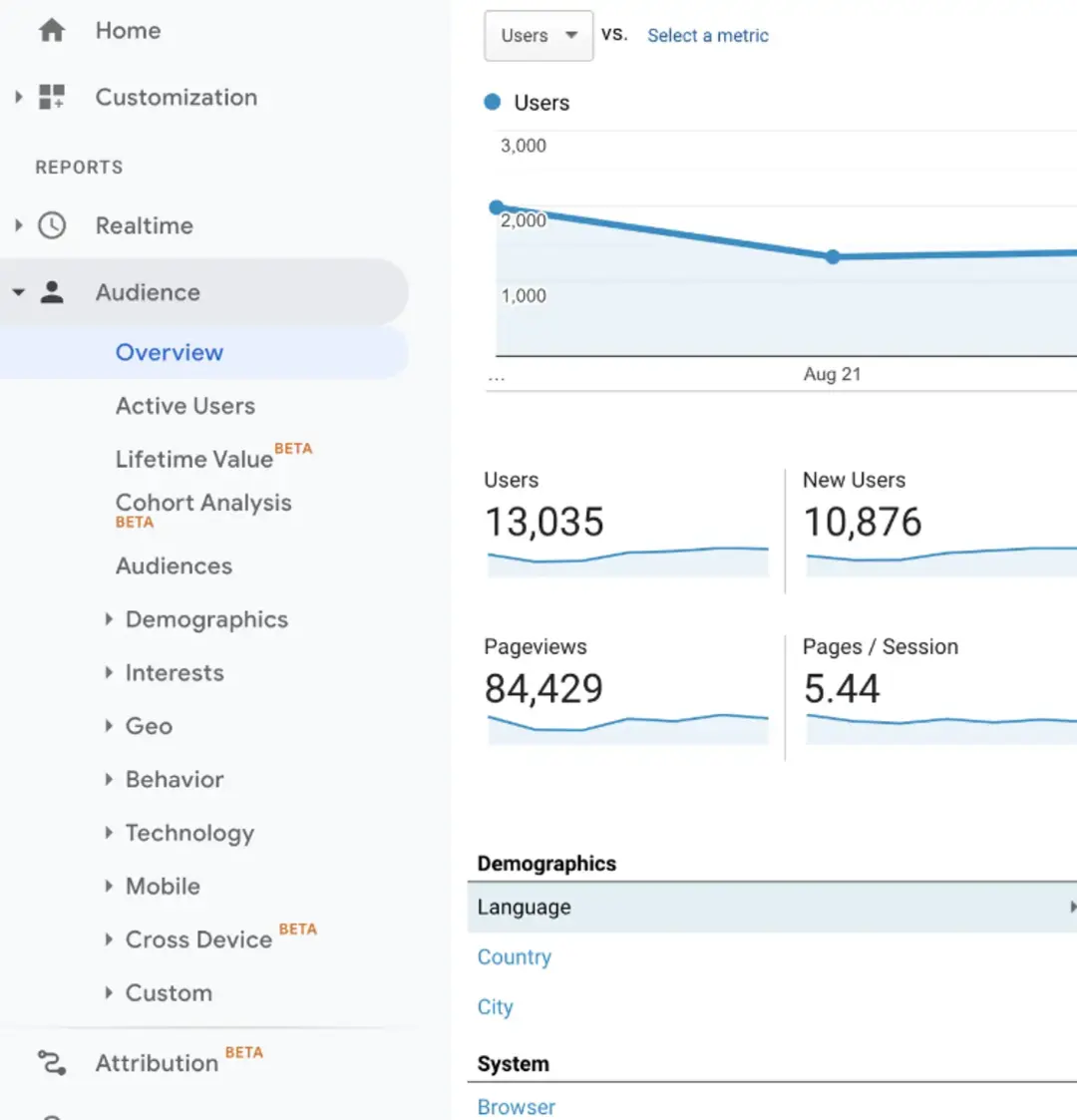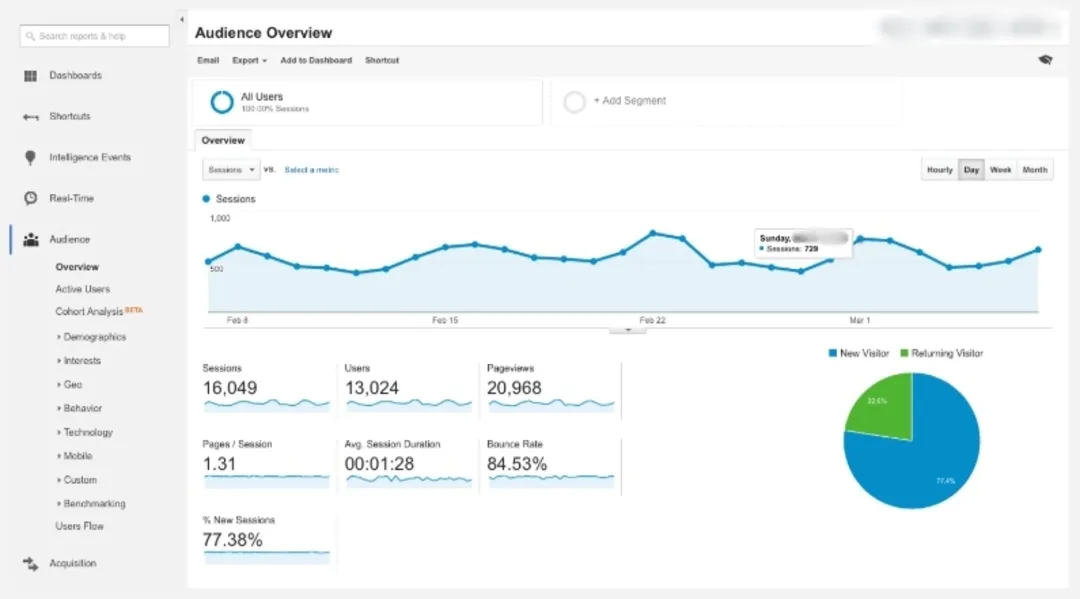
Google Analytics is an invaluable tool for any business with an online presence. It allows you to analyze your website traffic, and understand customer behaviors and buying patterns. Among the various metrics it provides, one of the essential stats to watch is the bounce rate. A high bounce rate could indicate that visitors are not finding what they are looking for on your website and leaving without navigating to other pages. This guide will show you how to calculate the bounce rate using Google Analytics.
Step 1: Log in to Your Google Analytics Account
To begin, you need to log into your Google Analytics account. If you don’t have one, you must set one up and link it to your website.
login-into-google-analytics
Step 2: Navigate to Your Website’s Analytics Page
Upon logging in, you’ll land on a page listing all the websites connected to your Google Analytics account. Click on the website for which you want to calculate the bounce rate.
Step 3: Visit the ‘Audience Overview’ Report
On the left-hand side, you’ll see a panel of options. Here, click on ‘Audience’ and from the drop-down menu, select ‘Overview’.
audience-overview-report
Step 4: Locate the Bounce Rate
The “Audience Overview” report provides various metrics related to your site visitors. Your bounce rate is displayed as a percentage and is one of the key metrics shown by default on this page. If it’s not visible, add it through the customizable reports function.
bounce-rate
Step 5: Analyze the Bounce Rate
The bounce rate shown will be an average number for all pages of your site. However, knowing the overall bounce rate isn’t enough. Click on ‘Behaviour’, then ‘Site Content’, and finally ‘All Pages’. Here you can see the bounce rate for individual pages, letting you identify problematic areas.
Step 6: Record and Monitor Changes
Make a habit of routinely checking bounce rates and recording these figures to track changes over time. Any significant increase in the bounce rate could point to problems that need investigating.
Summary
By following these steps, you can easily calculate and track your website’s bounce rate. Keep in mind, an excellent bounce rate varies depending on the industry and nature of the website. So, you should benchmark your bounce rate against other businesses in your sector. If you notice your bounce rate is significantly higher, enhance your user experience by increasing page load speed, improving navigation, and ensuring your site content is engaging and relevant.
Free essential resources for success
Discover more from Lifesight


















